The History of
the Kao Group

Kao’s mission has been to enrich people’s lives while always building strong and productive relationships with its consumers and customers. Learn more about the history of Kao through these five stories.



Founded in 1887
A mission to enrich people’s lives
Kao founder, Tomiro Nagase, was determined to deliver quality products to as many people as possible. Kao has carried on his spirit of Yoki-Monozukuri for some 130 years now.



High-quality facial soap made in Japan
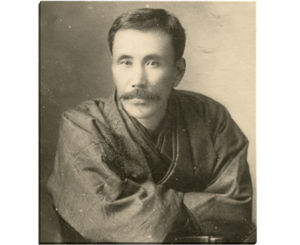
1887
Nagase starts Nagase Shoten, a Western sundry goods dealer that would later become Kao.
1890
Kao Sekken (Kao Soap) is launched in Japan.
The soap available in Japan at the time was either poor-quality domestic soap or imported at a high-price. Determined to create an affordable, high-quality facial soap made in Japan, Nagase began product development. This led him and his team to aquire expertise in chemistry and mixing techniques for fragrances and colors.
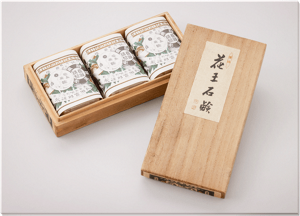
Kao Sekken packaging
Tomiro named his soap Kao Sekken to emphasise its superior quality. Kao sounds like “face” in Japanese, and the kanji characters used to write “Kao” literally mean “king of flowers”. This later became the name of the company.
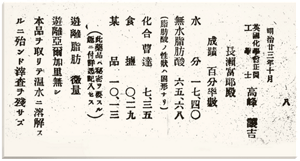
Kao Sekken package insert (certificate of analysis)
Tomiro was committed to objectively certifying his product’s quality. He requested analysis of his soap from pharmacology professors, and included a certificate of their analysis and letter of recommendation in the paulownia wooden box Kao Sekken was packaged in. This was an unprecedented action back then.
Delivering quality and innovation that consumers appreciate
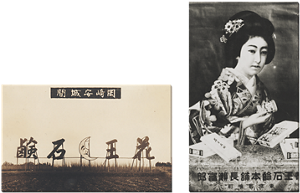
(Left) Billboard along a railway line
(Right) Poster featuring a famous geisha from Akasaka, Tokyo (circa 1910)
Tomiro produced a soap product he felt people would love. He used innovative advertising and marketing methods to reach as many potential customers as possible. Some of his creative advertising tactics included frequent use of newspaper ads, featuring a famous geisha on ad posters, and putting up billboards along railway tracks, which was rare at the time. He managed to make Kao Sekken available for sale nationwide—something that had almost never been done in Japan. Kao Sekken spread throughout Japan and became a part of people’s everyday lives.
The founder’s final words to his family
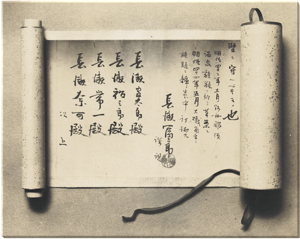
His last will and testament
In his will, Tomiro left these words to his family, “Good fortune is given only to those who work diligently and behave with integrity.” This remains the philosophy behind Kao’s corporate value and continues to serve as a guiding principle for Kao members.
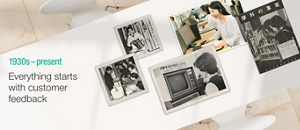
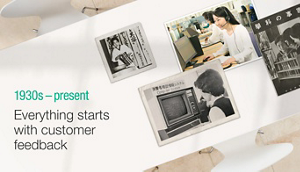
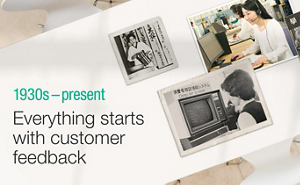
Prioritizing consumers by listening to customer feedback has been Kao’s focus from the beginning.Starting in the 1930s, Kao offered new lifestyle suggestions after holding workshops to interact with customers.And in the 1970s, Kao created organizations and procedures to maximize the ways in which customer feedback was used.



Direct interaction with customers delivers even better lifestyle suggestions
1934
Kao created the Housework Science Laboratory (renamed the Nagase Housework Science Laboratory in 1937) with the idea of learning more about customers and offering quality lifestyle suggestions. The laboratory turned a scientific eye to the subject of housework and communicated its findings in press conferences, workshops, symposiums, and movie clubs. These venues provided excellent opportunities to interact directly with consumers. The laboratory also made new lifestyle suggestions for Japanese consumers through its Science of Housework Magazine (1937).
The consumer feedback obtained through the direct interactions and meetings were incorporated into company activities. Kao’s approach of placing first priority on consumers and connecting their feedback to product development and improvements is still used today.



Maximizing how consumer feedback is used
1954
Kao begins consumer consultations. All consultations were provided to the relevant divisions for review, launching a new system of utilizing consumer feedback.
1971
Kao establishes the Kao Life Science Laboratory, which specialized in consumer needs. This enhanced Kao’s ability to do research on housework with the goal of improving customer support and responsiveness.
1978
Kao introduces the Consumer Consultation Information System (called the ECHO System). Inquiries, complaints, and other customer feedback were compiled in a database to create faster customer response. At the same time, the system allowed the feedback to be analyzed, ensuring new and exciting product development initiatives based on the information.



2017
Kao receives around 220,000 consumer consultations per year in Japan. The information is shared and used by people in many different positions across various divisions. Kao also puts in place procedures to centrally collect consumer feedback received by the Kao Group around the world, and this feedback is being used in quality improvement activities globally.
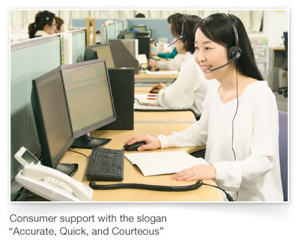

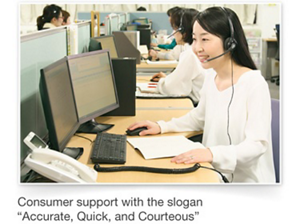
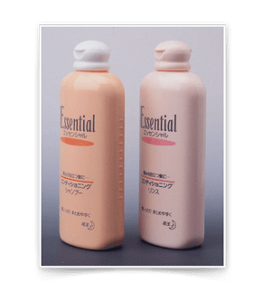
In 1991, Kao launches the first shampoo bottle featuring notches
The notches allow you to differentiate between bottles of shampoo and conditioner, even if your eyes are closed or you are visually impaired. This innovation created from customer feedback, has now become the industry standard in Japan and internationally.



Kao expanded its business enterprise into beauty and health, launching many popular brands in the process.Kao’s outstanding capabilities in research and development were a driving force behind this expansion.



1950s—1960s
Branching out into washing for hair, clothing, and homes
Kao got its start with soap, but wanted to find solutions for dirt and grime that soap alone cannot remove, so it focused on research that encompassed raw materials. In the 1950s, Kao developed new technologies, primarily in natural fatty alcohols. These technologies gave rise to many new cleansing products for hair, clothing, and the home. Since then, Kao grew from a company selling one soap product into a large business with many cleaning solutions.
1951 Wonderful powder laundry detergent
1955 Kao Feather Shampoo
1958 Wonderful-K detergent for kitchen use
1960 Mypet household detergent
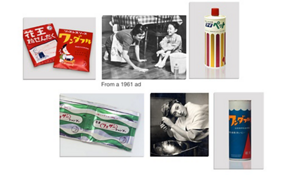

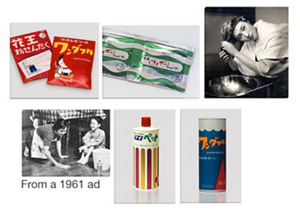
1970s—1980s
Diversifying into the beauty and health industry based on research
In the 1970s, Kao focused on basic research related to people, including research on hair and skin. By integrating newly acquired technologies in biochemistry, paper, and macromolecules, Kao launched many successful brands and furthered Kao’s diversification.
1978 Laurier sanitary napkins
1980 Bioré facial cleanser
1982 Sofina cosmetics
1983 Bub carbonated bath additive
1983 Merries disposal baby diapers
1984 Bioré u body wash
1987 Attack concentrated laundry detergent



Research and development opens up new fields
Kao established its Research and Development Division in 1976 to emphasize R&D as its business foundation. The lively R&D meetings bring together everyone involved in product development. One large floor of the laboratory serves as the venue for active cross-disciplinary discussion and interaction, which has led to new business creation.
Kao’s business expands from cleanliness to include beauty and health. In 1985, Kao Soap Co., Ltd. is renamed Kao Corporation.


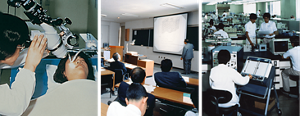
(Left) Research on the biological function of skin (Tochigi Research Laboratories, established in 1978)
(Cener) R&D meeting
(Right) Open office system to encourage interaction



As Kao expanded to countries around Asia, the brand created products that fit local lifestyles.In Europe and North America, exclusive beauty care brands joined the Kao Group.




1960s– Expansion into Asia
Kao develops products to meet local lifestyle needs.
Kao’s Consumer Products Division started by exporting products to Thailand. Kao Industrial (Thailand) Co., Ltd. and Taiwan–Kao Company, LTd. are established in 1964 as Kao’s first overseas companies. In the years that follow, Kao expands its business with a focus on local production and sales in Asia.
1964 Kao Industrial (Thailand) Co., LTd. is established, Taiwan–Kao Company, LTd. is established
1965 Malaysia Kao Company (Private) Ltd. is established in Singapore (The company is renamed Kao (Singapore) Private Ltd. in 1973.)
1970 Kao (Hong Kong) Ltd. is established
1973 Kao (Malaysia) Sdn. Bhd. is established
1985 Kao acquires a stake in P.T. Dino Indonesia Industrial Ltd.
1993 Kao Corporation Shanghai is established
1996 Kao Vietnam Co., Ltd. is established



Kao has always been passionate about meeting the needs of local lifestyles. For example, Kao launched Attack Jaz1 in Indonesia in 2014. A survey revealed that many Indonesian people washed their clothes by hand and that the local water was often hard, which makes it more difficult to remove stains. Kao developed new technology to overcome this challenge and succeeded in developing a detergent that demonstrates outstanding cleansing results.







1980s Expansion into Europe and North America
Premium beauty brands join the Kao Group
Starting around 1980, high-end beauty brands that had established a presence in Europe and the United States joined the Kao Group. Kao technologies are used to build on the strengths and worldview of the various brands as Kao pursues productive partnerships.
1979 Guhl Kosmetik (Germany: Hair care brand)
1988 Andrew Jergens (USA: Skin care brand)
1989 Goldwell (Germany: Salon hair care brand)
2002 John Frieda (UK: Premium hair care brand)
2005 Molton Brown (UK: Luxury lifestyle brand)
2006 Kanebo Cosmetics (Japan: Cosmetics brand)
2018 Oribe Hair Care (USA: Award-winning premium hair care brand)
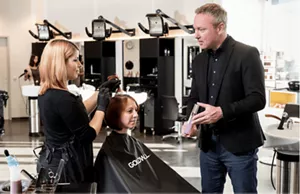

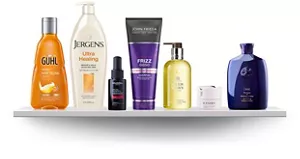



Kao continues taking steps to reduce negative environmental impacts,so that we can enjoy a healthy lifestyle today and well into the future.



1987 –
Concentrated laundry detergent
In 1987, Kao launches Attack, a concentrated laundry detergent offering a powerful cleaning solution, which requires only a small amount. This successfully reduces the amount of paper used in the packaging.



1991 –
Developed refill packs
Kao develops refill packs and refillable products so that the original product containers can be reused. This proactive shift to refill packs has reduced Kao’s plastic consumption.
Adoption of refill and replacement products, and reduction in plastic consumption



2000 –
Kao Creating Forests for Everyone Project
Kao conducts activities in Japan to protect local green spaces, cultivate them, and create opportunities for children to use them to play and experience the nature in their community. Employees also participate in activities run by organizations near Kao’s worksites in Japan.
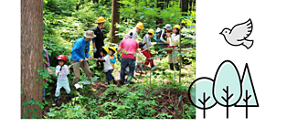


2009
Conserving water and electricity during product use:
Kao launches Attack Neo, an ultra-concentrated liquid laundry detergent
Kao introduces a laundry detergent with powerful cleaning results, as well as an improved ability to be easily rinsed away. This allows the washing machine’s rinse cycle to be reduced to one instead of the standard two cycles, thereby decreasing the amount of water used and also the amount of electricity consumed. Kao releases the Kao Environmental Statement this year, presenting its policy for manufacturing with even greater environmental considerations.



2012 –
Environmental protection activities in China
In cooperation with the environmental activities of the Chinese government, Kao is raising awareness for conserving water and the importance of water resources. Kao is working with regular citizens and environmental protection clubs at universities throughout China to increase understanding of environmental protection activities.
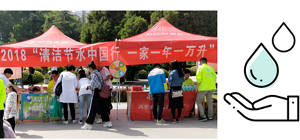

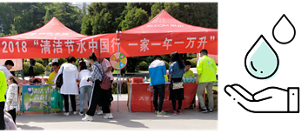
Environmental protection activities held in collaboration with universities
Eco-chemicals supporting society
Kao is taking steps to make its industrial products more ecological.
Kao makes environmental contributions in many fields, including paper recycling,eco-friendly construction, energy conservation at offices, and the development of fuel-saving tires.
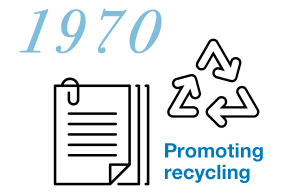

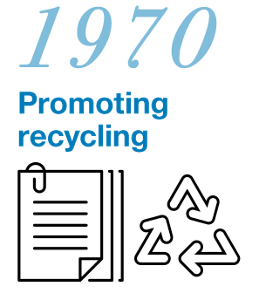
De-inking agent that removes printing ink from waste paper to produce recycled paper
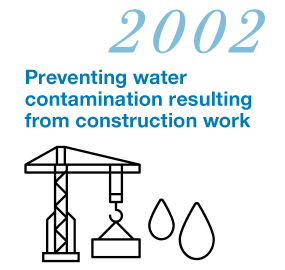

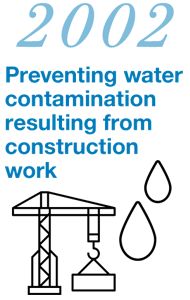
Kao developed a cement thickener to build durable concrete structures without polluting the water at underwater construction sites for structures such as harbors and seawalls, bridges and tunnels.



Kao offers a low-temperature fixing toner and a powder ink that fixes to paper at low temperature to reduce electricity consumption by copy machines.
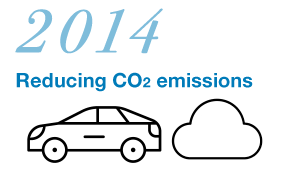

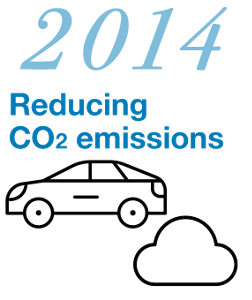
Kao offers a dispersion improver that evenly disperses silica , a raw material in fuel-saving tires, in rubber.
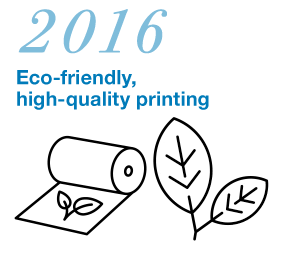

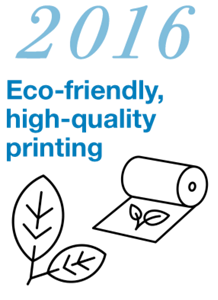
In a world first, Kao offers water-based pigmented inkjet ink, which enables printing on paper as well as plastic film, while improving working conditions and reducing negative impacts on the global environment.
- Home
- About Kao
- Our History
- The History of the Kao Group
- Home
- About Kao
- Our History
- The History of the Kao Group


